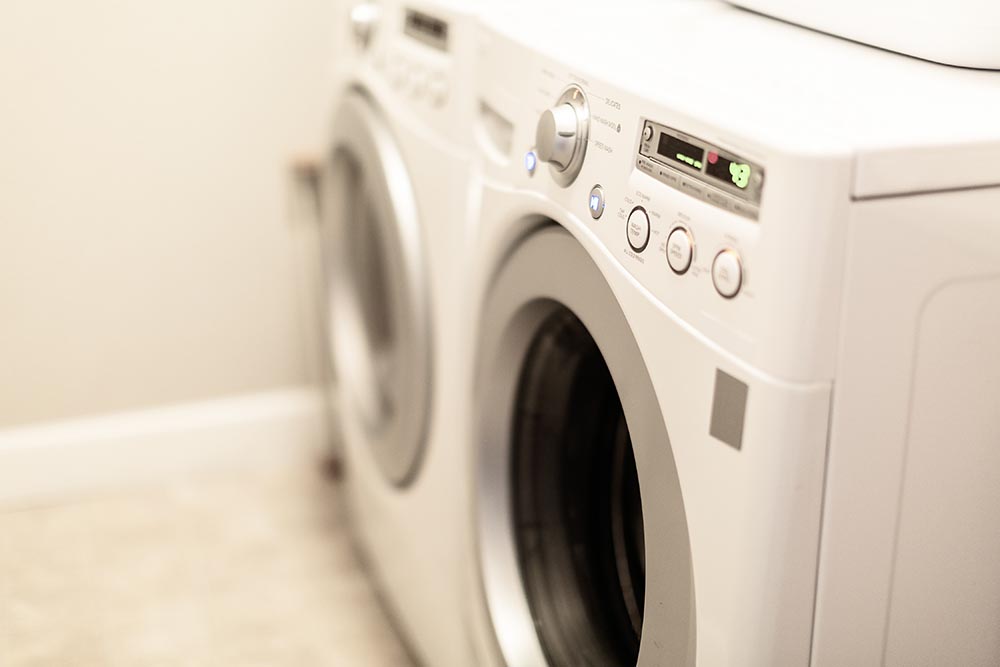The modern home has several power-hungry appliances, including air conditioners, electric heaters, washer/dryers, refrigerators, televisions, and lights – all of which can easily push a circuit past its limit. While this is true, if your electrical system has been installed properly, electrical overload should not cause too much damage. This is because circuit breakers in the main panel will automatically cut the power when an electrical overload occurs. In an older home, fuses will burn out, which protects the system.
Getting to Know the Circuits in Your Home
All of the circuits in your home are connected to the main panel. The circuit breakers limit the power entering your wiring system and will automatically cut the power if the voltage surpasses the limits of a particular circuit.
To get to know the circuits in your home, you should first identify the dedicated circuits. These are the ones that provide power to your bigger appliances. Just one dedicated circuit may connect to your washer and dryer, microwave, or furnace. A general-purpose circuit serves several outlets, which includes your lighting and standard receptacles. When you know what your circuits are connected to, you can easily estimate its load. This can be done by adding the total power draw of all appliances that are connected to it.
A few examples to consider include:
- Hairdryer: 300 to 1,200 watts
- Electric range: 5,000 watts
- Toaster oven: 1,400 watts
- Dishwasher: 1,400 watts
- Clothes washer: 1,150 watts
- Refrigerator: 700 watts
- Microwave: 700 to 1,400 watts
Don’t Connect too Many Devices to a Single Circuit
Sometimes, an overload isn’t evident until the circuit breaker trips or until a fuse blow. If this occurs, remove some of the devices from the overloaded circuit and plug them into a different one. Next, flip the circuit breaker on and replace the affected fuse. You can avoid an issue to begin with by reading each of the labels on the circuits and tracing where it goes.
Tracing the general-purpose circuit is difficult. To make it easier, turn off one breaker at a time and test the outlets in the home. You can attempt to turn on light switches and devices. If you have duplex receptacles, test the lower and upper parts separately, as they may be connected to different circuits. By doing this, you can map out your circuits and calculate the current electrical loads by adding the wattage of each device that is connected (the specific wattage should be listed in the owner’s manual).
Identify a Potential Electrical Overload before it Occurs
If you have a 15-amp circuit, it can support as much as 1,800 watts. If the amount connected to the circuit exceeds that amount, then it is overloaded. If you have a 20-amp circuit, the load limit is 2,400 watts. If you have several outlets connected to one circuit, determine which electrical devices are rated at over half of the rating of the circuit and make adjustments. Try to avoid loading your circuits to the “max;” this will ensure that if you plug in a vacuum or another temporary device, an overload will not occur.
For help with your circuit breaker contact Fusion Electric today.


